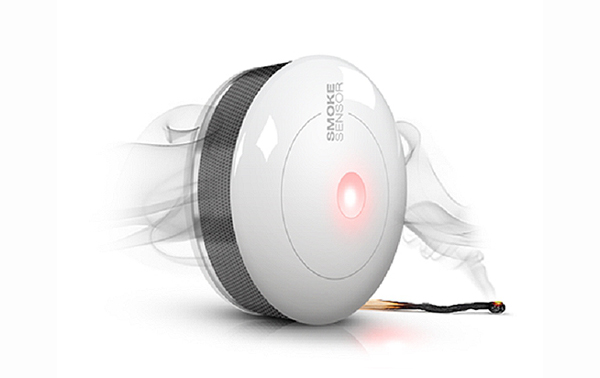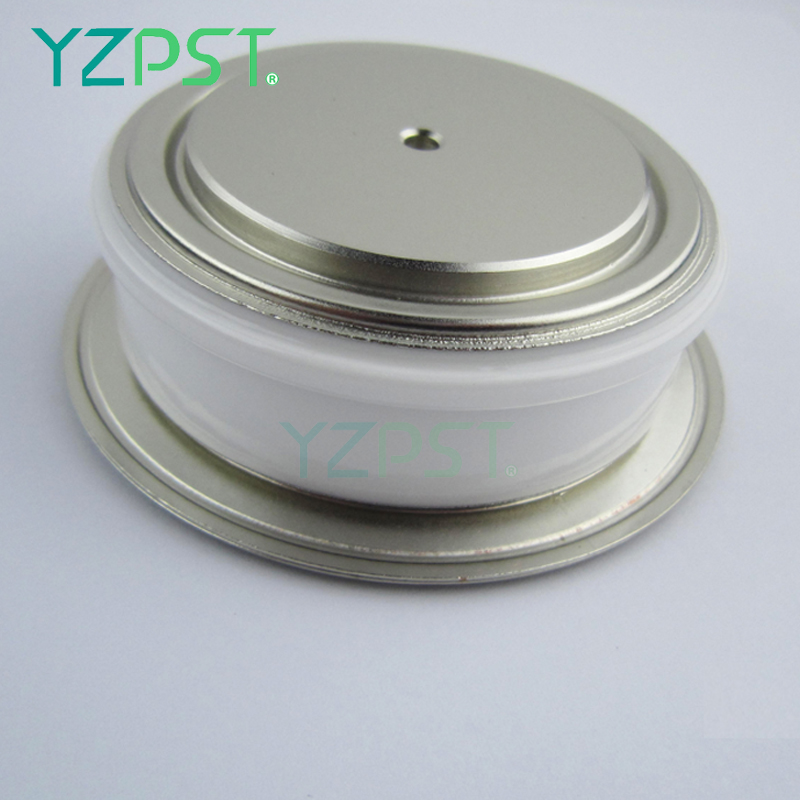More and more sensors are widely used in smart homes. Faced with the increasing popularity and development of intelligent home networks, the need to introduce various sensors into homes has become more urgent. People want homes to increase comfort, reduce resource consumption, facilitate cleaning, reduce noise and vibration, improve quality of use, and implement sophisticated intelligence.
Temperature sensor
A temperature sensor is a sensor that senses temperature and converts it into a usable output signal. The temperature sensor is the core part of the temperature measuring instrument. It has a wide variety of types and is the earliest developed and most widely used type of sensor. The market share of temperature sensors exceeds that of other sensors. The temperature sensor can be divided into contact type and non-contact type according to the measurement method: According to the characteristics of sensor materials and electronic components, it can be divided into thermistor temperature sensor and thermocouple temperature sensor; the electronic temperature sensor uses temperature sensor, Sensor elements such as signal processing units, display screens, and power supplies cooperate with the controller to measure the temperature of air or water in the air duct or water pipe. Temperature sensors are widely used in building automation, climate and HVAC signal collection, climate stations in museums and hotels, greenhouse greenhouses, and pharmaceutical industries.
2. Load cell
The load cell is actually a device that converts the mass signal into a measurable electrical signal output. It has the characteristics of low height, good sealing performance, strong ability of anti-bias resistance, etc. The load bearing connection adopts steel ball or SR spherical structure, and has good automatic reset capability. It is used for electronic scales such as hopper scales and above-ground scales and various forces. Value measurement, with good interchangeability, easy installation and use. Among them, the "S-type load cell" is the most common and is mainly used to measure the tension and pressure between solids. Usually people call it a pull pressure sensor because its shape is "S" shape, so it is customarily called "S" Type load cell." This sensor is made of alloy steel material, sealed with plastic seal, easy to install, and easy to use. It is suitable for electronic weighing and weighing systems such as crane scales, batching scales, and machine scales. It is widely used in various industrial white-control environments, involving many industries such as water conservancy and hydropower, railway transportation, intelligent construction, production automation, aerospace, military, petrochemical, oil wells, electric power, ships, machine tools, and pipelines.

3. Tension sensor
Tensile force sensor, also called resistance strain sensor, belongs to the weighing sensor series and is a device that converts physical signals into measurable electrical signals. It uses two tensile forces to transfer part of the force. It has a force-sensitive device and two tensile force transmission parts in its structure. It has high precision, good strength, good stability, etc., and is equipped with a digital measuring instrument, widely used in crane scales. , hopper scales, process control, etc. pull force measurements.
Pressure sensor
Pressure sensors are the most commonly used sensors in industrial practice.
5. Hydraulic sensor
The float of the hydraulic pressure sensor rises or falls with the liquid. The magnet in the ball is used to attract the contact of the reed switch to generate the opening and closing action, and then the liquid level control or the indication operation is performed (the float is close to the reed switch ; Reed switch disconnected when leaving.
6. Resistive sensors
The basic principle of the resistive sensor is to convert the measured non-electrical energy into a change in the resistance value, and then become a power output through the conversion circuit. According to changes in the sensor's constituent materials or changes in the principle of the sensor, a variety of resistive sensors are produced, mainly including strain sensors and piezoresistive sensors. Resistive sensors can measure non-electric parameters such as force, pressure, displacement, strain, acceleration, and temperature. Resistive sensors have a simple structure, stable performance and high sensitivity, and some can also be used for dynamic measurement. Measuring instruments such as force measuring, pressure measuring, weighing, measuring displacement, acceleration and torque composed of resistance sensors and corresponding measuring circuits are automatically weighed by metallurgy, electric power, transportation, petrochemical, commercial, biomedical and defense departments, etc. One of the indispensable tools for process inspection and automation of production processes.
7. Capacitive sensors
A capacitive sensor is a device that converts measured mechanical quantities, such as displacement, pressure, etc., into capacitance changes, essentially a capacitor with variable parameters. Capacitive sensors have the advantages of simple structure, fast dynamic response and easy non-contact measurement. With the development of electronic technology, its disadvantages such as interference and distributed capacitance are continuously overcome, and capacitive displacement sensors and integrated capacitive sensors are also developed. They are widely used in pressure, displacement, acceleration, liquid level, and composition content, etc. In measurement.
8. Hall sensor
Hall sensor is a magnetic field sensor based on Hall effect, which is widely used in industrial automation technology, detection technology and information processing. Hall effect is the basic method for studying the properties of semiconductor materials. The Hall coefficient measured by the Hall effect experiment can determine important parameters such as conductivity type, carrier concentration, and carrier mobility of the semiconductor material. Hall sensors are classified into linear Hall sensors and digital Hall sensors.
1) The linear Hall sensor consists of a Hall element, a linear amplifier, and an emitter follower. The output is analog.
2) The digital Hall sensor consists of a voltage regulator, a Hall element, a differential amplifier, a Schmitt trigger, and an output stage. The output is a digital quantity.
9.RFbeam 24GHz Radar Transmitter
The RFbearn 24GHz radar sensor uses high-frequency microwaves to measure the information of object movement speed, distance, direction of movement, and azimuth angle. It is designed with a planar microstrip antenna and has the characteristics of small size, light weight, high sensitivity, and strong stability. It is widely used in intelligence. Transportation, industrial control, security, sports, and other smart home industries.
Rectifier Diode(Standard Diode)
Rectifier Diode(Standard Diode) utilizes the unidirectional conductivity of the diode, which can convert the alternating current of alternating direction to a pulsating direct current of a single direction. Rectifier diode – diode designed for rectifying alternating current (mostly with low power frequency – 50 Hz at high power emitted during load). The main task of the rectifier diode is to convert AC voltage into DC voltage through application in rectifier bridges. The variant of rectifier diodewith the Schottky barrier is particularly valued in digital electronics.

Rectifier Diode,Standard Diode,High Power Rectifier Diode,High Voltage Rectifier Diode
YANGZHOU POSITIONING TECH CO., LTD. , https://www.yzpst.com